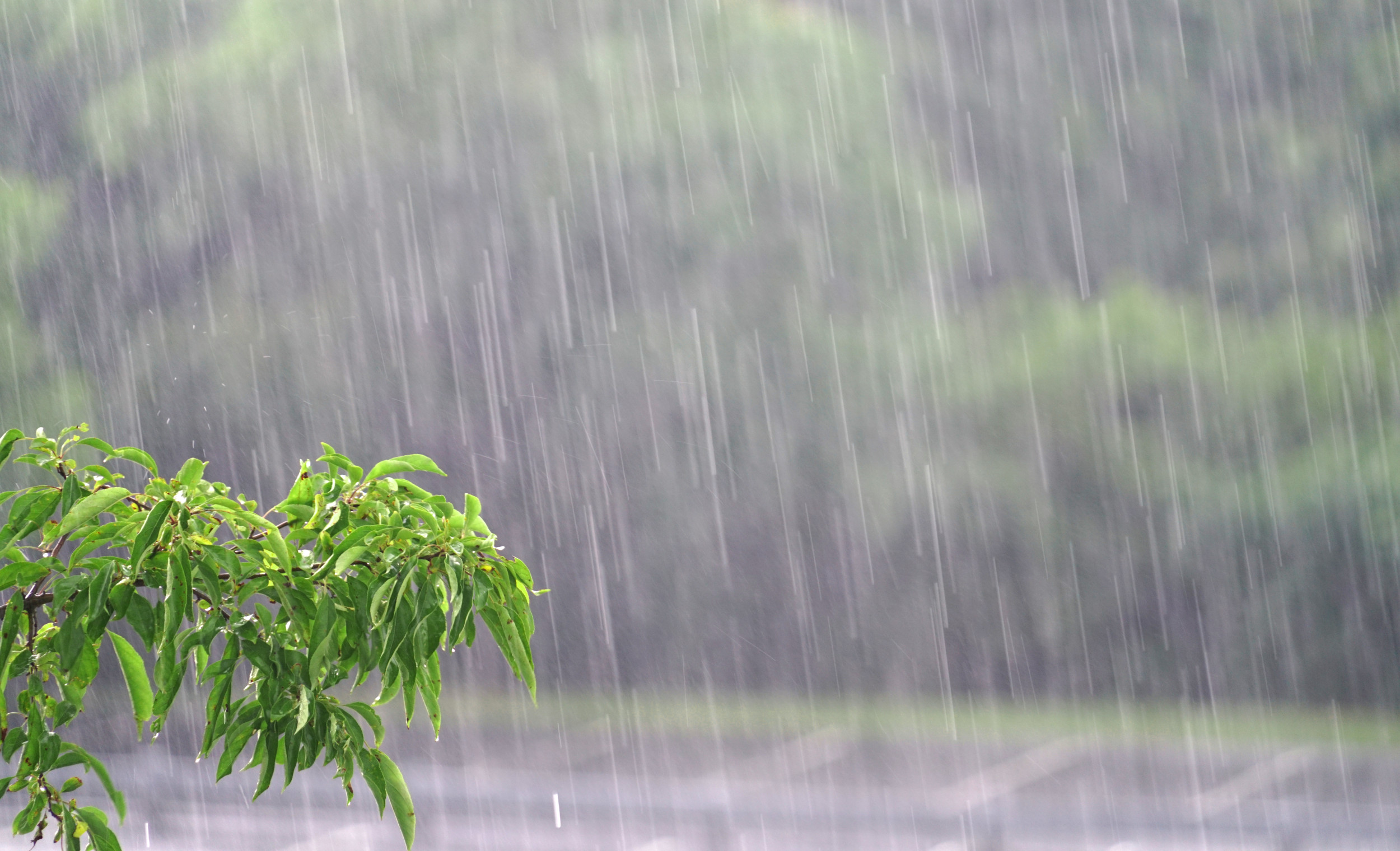
Record rainfall earlier this spring has lifted Oklahoma fully out of drought conditions for the first time in nearly six years.
With showers and thunderstorms expected over the next week for much of the state, National Weather Service (NWS) meteorologist Jennifer Thompson told Newsweek it will likely remain wetter than normal across the state for the foreseeable future.
Why It Matters
The abnormally wet spring saw climate sites across the state document record-breaking rainfall, with Oklahoma City experiencing its highest April rain total ever recorded.
The wet pattern is continuing on Friday, with heavy rainfall posing myriad dangers to people across the state. As of Friday afternoon, multiple flood watches have been issued. Although more rain might further benefit Oklahoma’s emergence from drought, NWS meteorologists warned that severe storms were possible Friday night.
xphotoz/Getty
What To Know
On Thursday, the U.S. Drought Monitor Map released its weekly update, which included figures showing Oklahoma breaking its drought streak that began in July 2019.
Although Oklahoma by far isn’t the state hardest hit by drought, it has struggled with persistent moderate drought since summer 2019. Three months ago, more than a quarter of the state was classified as battling moderate drought.
In that condition, Oklahoma noted difficulties such as hindered lake recreation; poor deer reproduction; falling water levels in seasonal creek and rain-fed ponds; reduced yield for summer crops; and an increased risk of wildfires.
There is no drought reported across Oklahoma at the moment, although nearly 10 percent of the state is considered abnormally dry.
Many of the challenges accompanying moderate drought conditions are lifted with abnormally dry conditions, although some crops might still be stressed and pond levels could be low.
Although the Sooner State is now recovered from its years of drought, other U.S. states are still facing challenges. Exceptional drought, the most severe classification from the U.S. Drought Monitor, is in place for parts of Texas, Arizona, New Mexico and Nevada, with even more widespread documentation of severe and extreme drought.
What People Are Saying
A flood watch issued by the Norman, Oklahoma, NWS office: “Excessive runoff may result in flooding of rivers, creeks, streams, and other low-lying and flood-prone locations. Creeks and streams may rise out of their banks.”
Drought Monitor Map said in a summary: “Additional rainfall this past week ended drought across Oklahoma and the Sooner State became drought-free for the first time since July 2019. The Lower Mississippi Valley and Tennessee Valley are also drought-free with 30 to 90-day precipitation averaging above normal.”
What Happens Next
Most flood watches expire by Saturday afternoon. Oklahoma is anticipating slightly above normal precipitation in the immediate future, according to a six- to 10-day precipitation outlook published by the NWS Climate Prediction Center.
